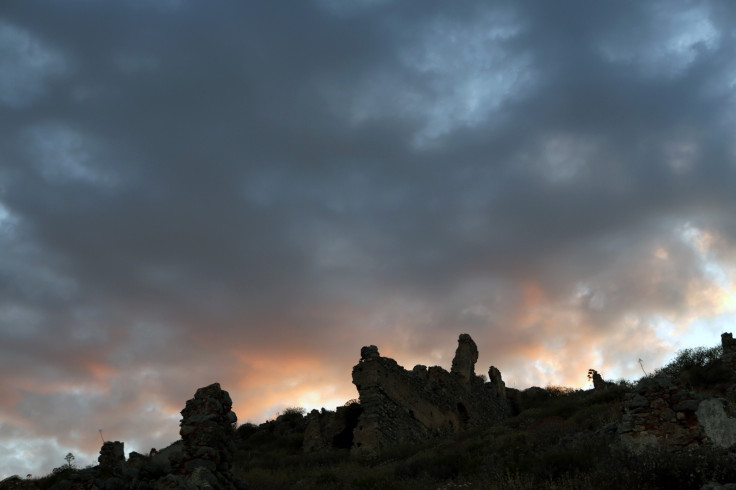Greek archaeologists unearth Mycenaean palace near Sparta

Greek archaeologists have unearthed an ancient Mycenaean palace near Sparta throwing light on the political and economic activities in the region. The palace is thought to have been built around 17BC or 16BC.
The Greek culture ministry said the palace had around 10 rooms and contained important archaic inscriptions. Early research suggests the structure was destroyed by a fire though experts admit this hypothesis needs to be corroborated further.
"The palace complex of Aghios Vassilios Hill provides us with a unique opportunity to investigate the creation and evolution of a Mycenaean palatial centre in order to reconstruct the political, administrative, economic and social organization of the region," the culture ministry said in a statement. "Alongside, it is estimated that new evidence on Mycenaean religion, linguistics and palaeography will also be brought to light."
Aghios Vassilios Hill, located near the ancient village of Xirokambi, has been in archaeologists' focus since 2009 where excavations have been undertaken continually. However, the latest findings are thought to be the most significant discovery made in the region.
Researchers have also found clay figures, bronze swords, and fragments of murals at the site. A cup adorned by a decorative bull's head has also been discovered. The latest findings have thrown up fresh riddles to solve and experts say it is a fascinating discovery.
© Copyright IBTimes 2025. All rights reserved.






















